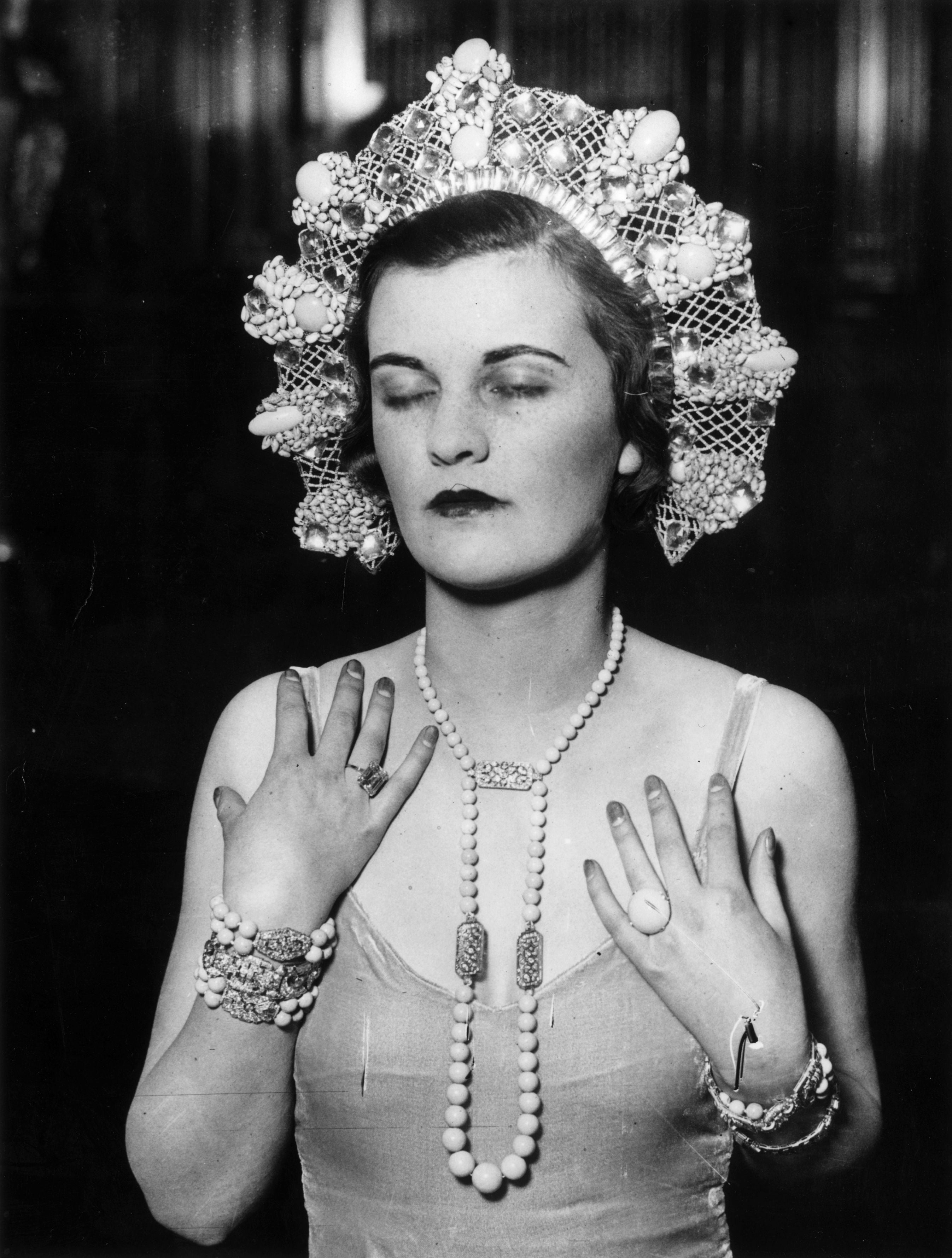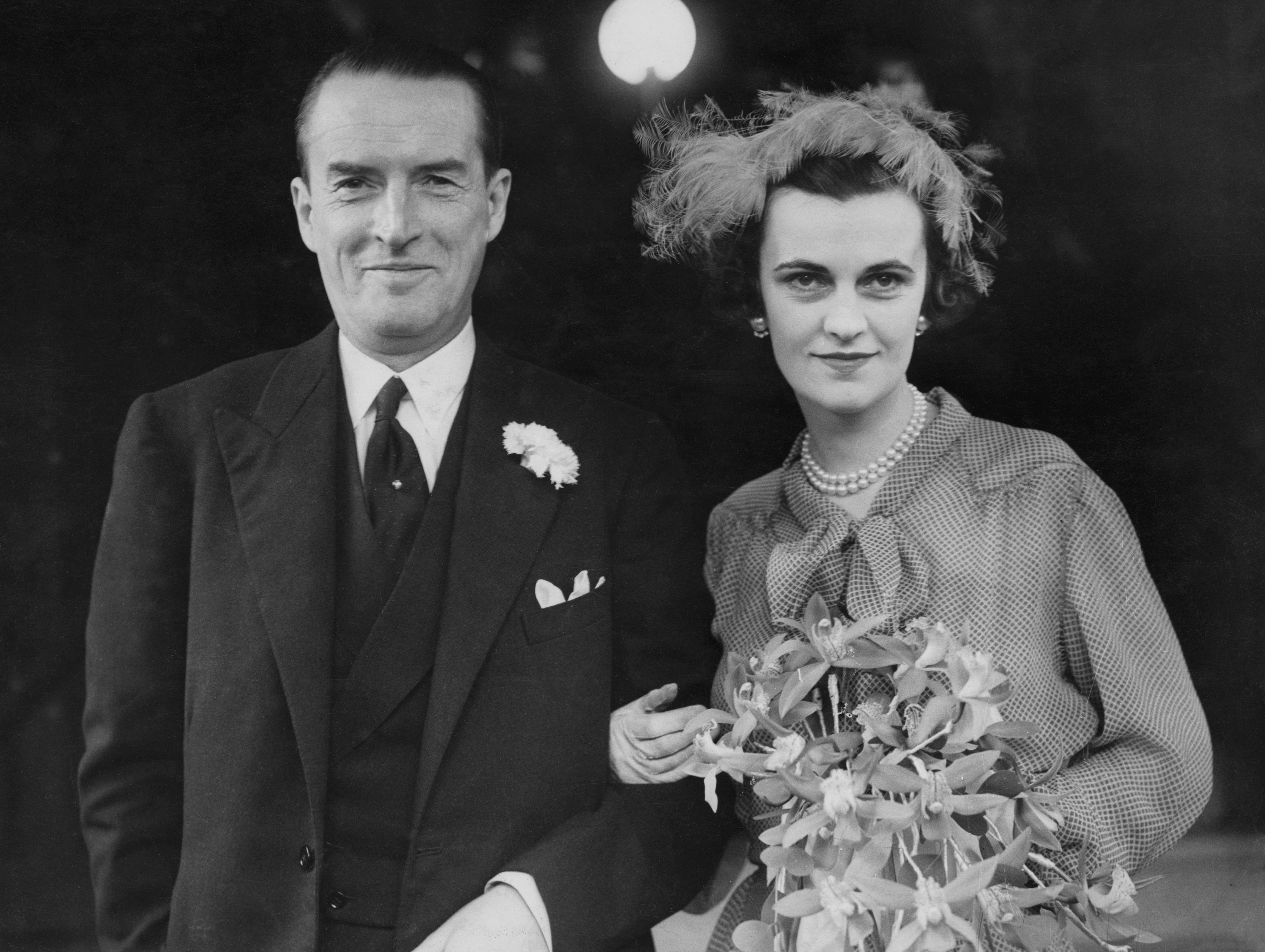Who was the Duchess of Argyll and why was her divorce so explosive?
The Duke and Duchess of Argyll’s scandalous divorce is being turned into a BBC drama

Your support helps us to tell the story
From reproductive rights to climate change to Big Tech, The Independent is on the ground when the story is developing. Whether it's investigating the financials of Elon Musk's pro-Trump PAC or producing our latest documentary, 'The A Word', which shines a light on the American women fighting for reproductive rights, we know how important it is to parse out the facts from the messaging.
At such a critical moment in US history, we need reporters on the ground. Your donation allows us to keep sending journalists to speak to both sides of the story.
The Independent is trusted by Americans across the entire political spectrum. And unlike many other quality news outlets, we choose not to lock Americans out of our reporting and analysis with paywalls. We believe quality journalism should be available to everyone, paid for by those who can afford it.
Your support makes all the difference.The divorce of the Duke and Duchess of Argyll in 1963 is a notorious tale of mistrust, theft and betrayal.
The brutal legal case, which captured the attention of high society in the 1960s, is now being turned into a BBC drama, starring The Crown’s Claire Foy as the Duchess of Argyll and Paul Bettany as the Duke.
Mini-series A Very British Scandal is from the makers of A Very English Scandal, which was based on the scandal surrounding MP Jeremy Thorpe in the 1970s.
The programme will explore life in post-war Britain and examine the institutional misogyny, which was rife at the time.
Writer Sarah Phelps said that the Duchess of Argyll was "punished for being a woman" and that she has been researching her since the 1990s.
She said: “Writing the story of Margaret’s life and the events leading up to and including her divorce from the Duke has been a passion project of mine since 1993 when I first heard her name and started learning about her.
"I felt very strongly that she’d been punished for being a woman, for being visible, for refusing to back down, be a good girl and go quietly. This drama is my tribute to her.”
Not familiar with the duke and duchess and their divorce case? This is what you need to know.
Who was the Duchess of Argyll?
The Duchess of Argyll, Margaret Campbell, born in 1912, was the daughter of a Scottish textile millionaire.
The socialite was famed for her beauty and lived an extravagant lifestyle with multiple romances.
Her life was often covered in the media and she had a column in Tatler magazine.

Campbell’s wedding to her first husband Charles Sweeny in 1933 was described by The Guardian newspaper as the "media event of the decade" and was "mobbed" by 20,000 onlookers.
Campbell had three children with her first husband Sweeny (including one baby which was stillborn). The couple divorced in 1947.
Campbell married the Duke of Argyll, Ian Douglas Campbell, her second husband, in 1951 when she was 38.
Why was the Duke and Duchess of Argyll’s divorce so explosive?
The duke believed his wife was being unfaithful to him and hired a locksmith to break into one her cupboards to look for evidence.
There he found naked photos of his wife, including one of her in a compromising position with another man (who became known as the “headless man”, as his face couldn’t be seen).
The duchess refused to identify the man and figures from members of the royal family to actors and cabinet ministers were put in the frame.
In 2000, a documentary aired on Channel 4 claimed that the Polaroid pictures actually depicted two different men - rather than one “headless” man.

The duke accused his wife of sleeping with 88 men behind his back, and her reputation was sullied by the case as she was slut-shamed by the media.
The judge in the divorce case called the duchess’s alleged actions "wholly immoral", and he didn’t stop there. He said the socialite was "a completely promiscuous woman whose sexual appetite could only be satisfied with a number of men".
Campbell later fell into poverty before she died. In her final years, she lived in a nursing home, where she died at the age of 80 following a fall.

Join our commenting forum
Join thought-provoking conversations, follow other Independent readers and see their replies
Comments